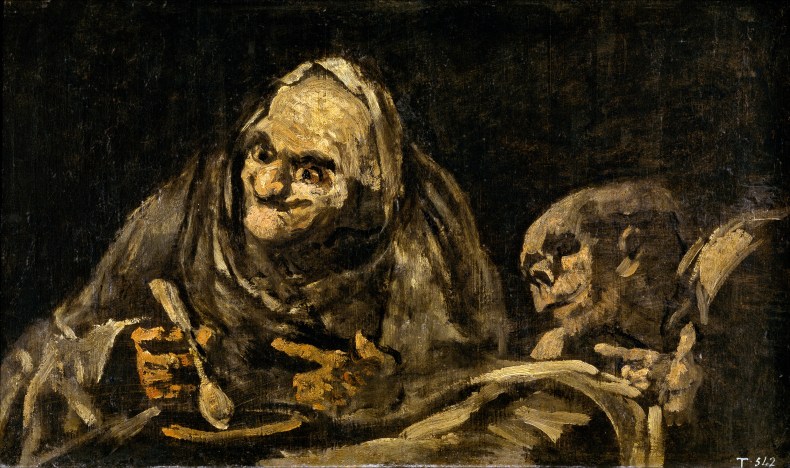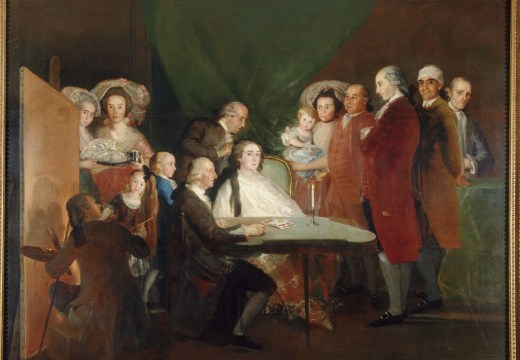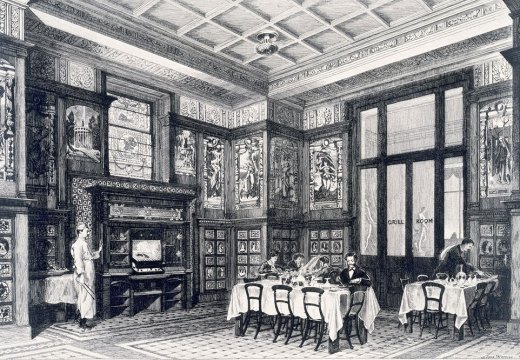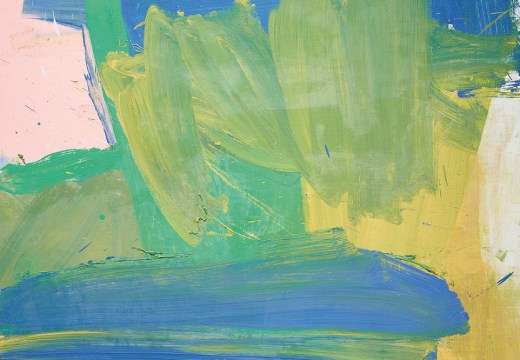Introducing Rakewell, Apollo’s wandering eye on the art world. Look out for regular posts taking a rakish perspective on art and museum stories
In recent weeks, Goya has been endorsed on social media by both Donald Trump and his daughter Ivanka. Not that Goya, dear reader! The Trumps have been promoting Goya Foods, a brand familiar to larders across the United States and many Hispanic countries. It was the Goya black beans that made Ivanka trumpet, while her father posed behind an array of Goya fare to defy even the most creative chef, all laid out on the Resolute desk in the Oval Office – including kidney beans, chocolate wafers and a tin of coconut milk. (The company’s CEO, Robert Unanue, spoke favourably of the president earlier in the month.)
Whatever the merits of these staples for your store cupboard, Rakewell is tickled to discover on reading more about Goya Foods that, well, it was that Goya after all. The founder of the company, Prudencio Unanue Ortiz, purchased the name from a Moroccan sardine-import business for $1 in 1936 – partly, it is said, because he liked the association with the painter Francisco Goya.
Inevitably, your correspondent has been musing on whether there could be a less likely candidate in the history of art to lend their name to a multinational pantry filler. After all, Goya’s most famous image of feasting is Saturn Devouring His Son – not quite the calling card for any purveyor of groceries on a mission to inspire consumer confidence.

Saturn (1820–23), Francisco de Goya. Museo del Prado, Madrid
Nor alas, turning to another work from Goya’s Black Paintings, do his dilapidated soup eaters offer much in the way of marketing potential.

Two Old Men Eating (1820–23), Francisco de Goya. Museo del Prado, Madrid
But perhaps the company could make more of the association, after all. With its fishy heritage, and as a seller of sardines to this day, surely its tins of tiddlers really ought to bear an image of Goya’s piscatorical revel of 1810, The Burial of the Sardine?

The Burial of the Sardine (1808–12), Francisco de Goya. Real Academia de Bellas Artes de San Fernando, Madrid
Got a story for Rakewell? Get in touch at rakewell@apollomag.com or via @Rakewelltweets.
Unlimited access from just $16 every 3 months
Subscribe to get unlimited and exclusive access to the top art stories, interviews and exhibition reviews.














![Masterpiece [Re]discovery 2022. Photo: Ben Fisher Photography, courtesy of Masterpiece London](http://www.apollo-magazine.com/wp-content/uploads/2022/07/MPL2022_4263.jpg)
Why are fathers so absent from art history?